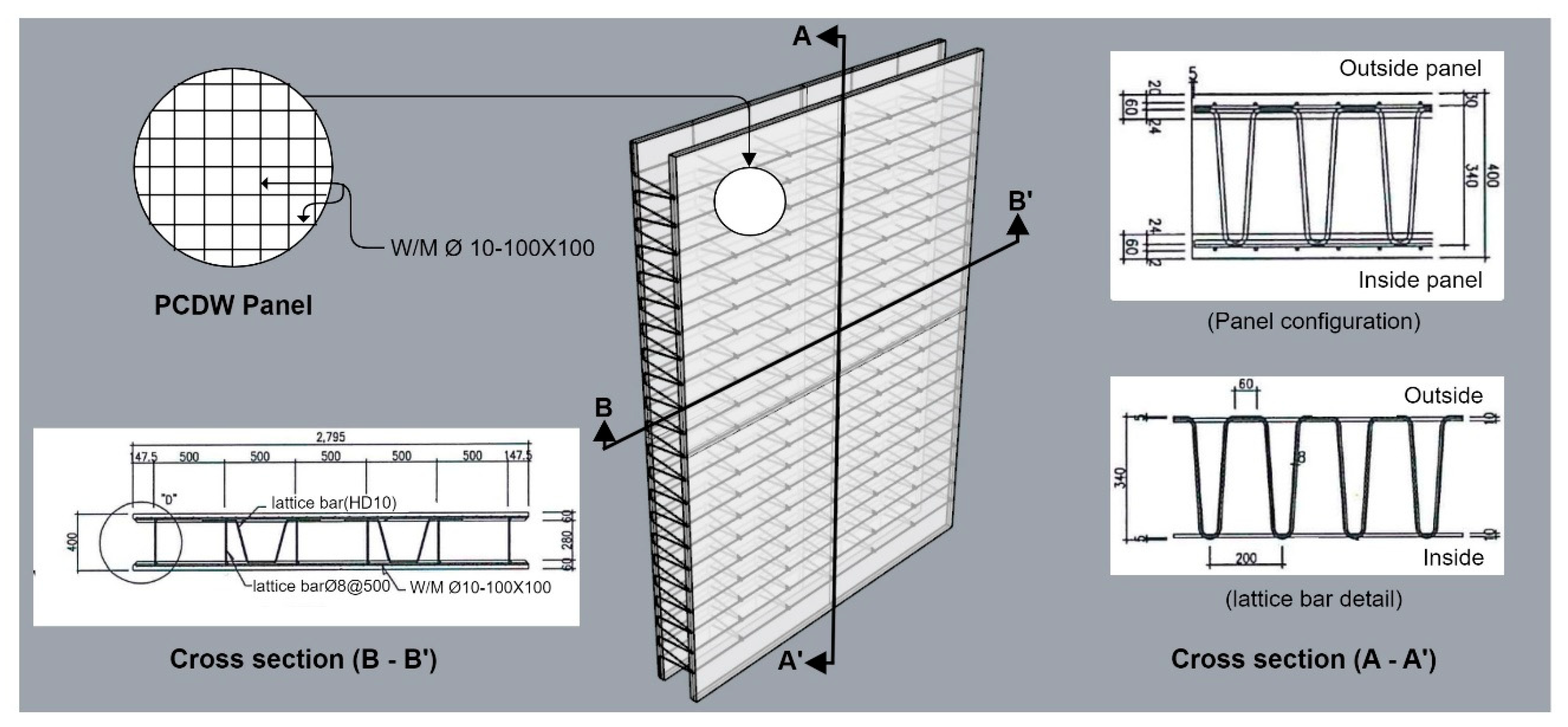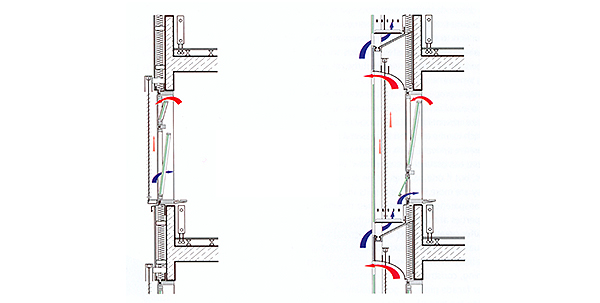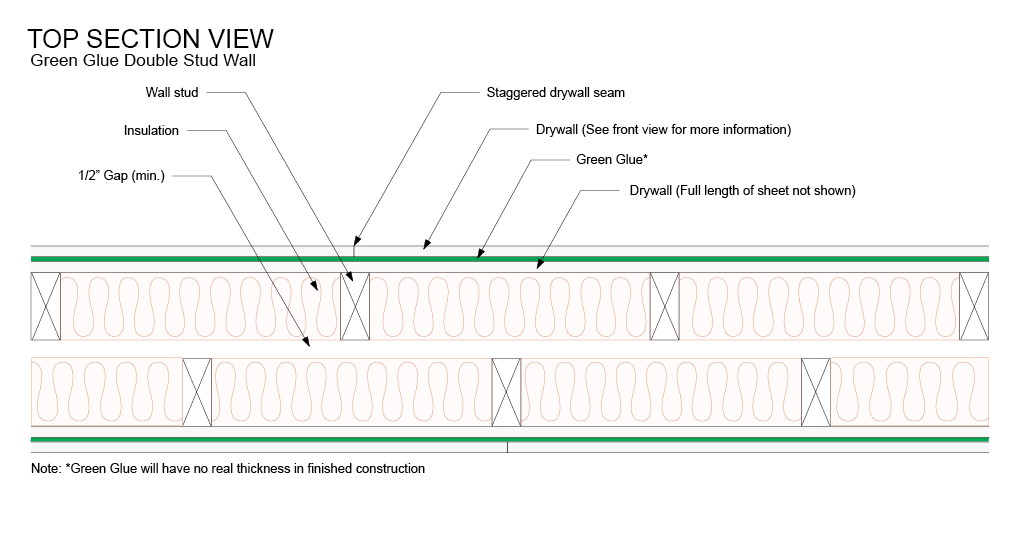A Double Skin Facade System: Transparency in the Age of Building Energy Use Reduction
-
By A Mystery Man Writer
-
-
4.6(435)

Product Description
William Rawn Associates is a leader in the use of double skin curtainwall systems, with a growing collection of built projects. While the first double skin façade dates to 1903 in Germany, application has only gained traction in recent years, with few examples in the US.
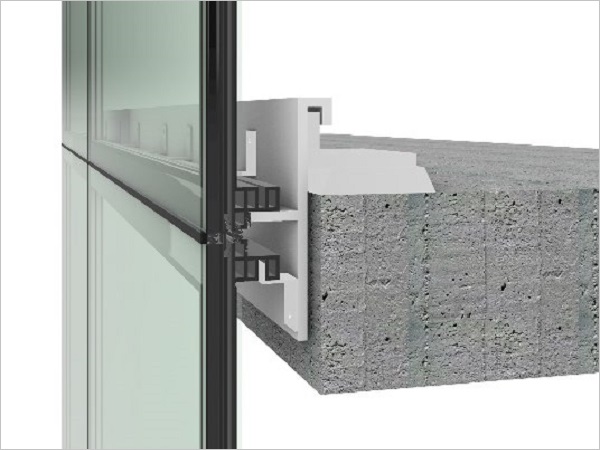
Slim Skins: Towards a New Glazed Façade System
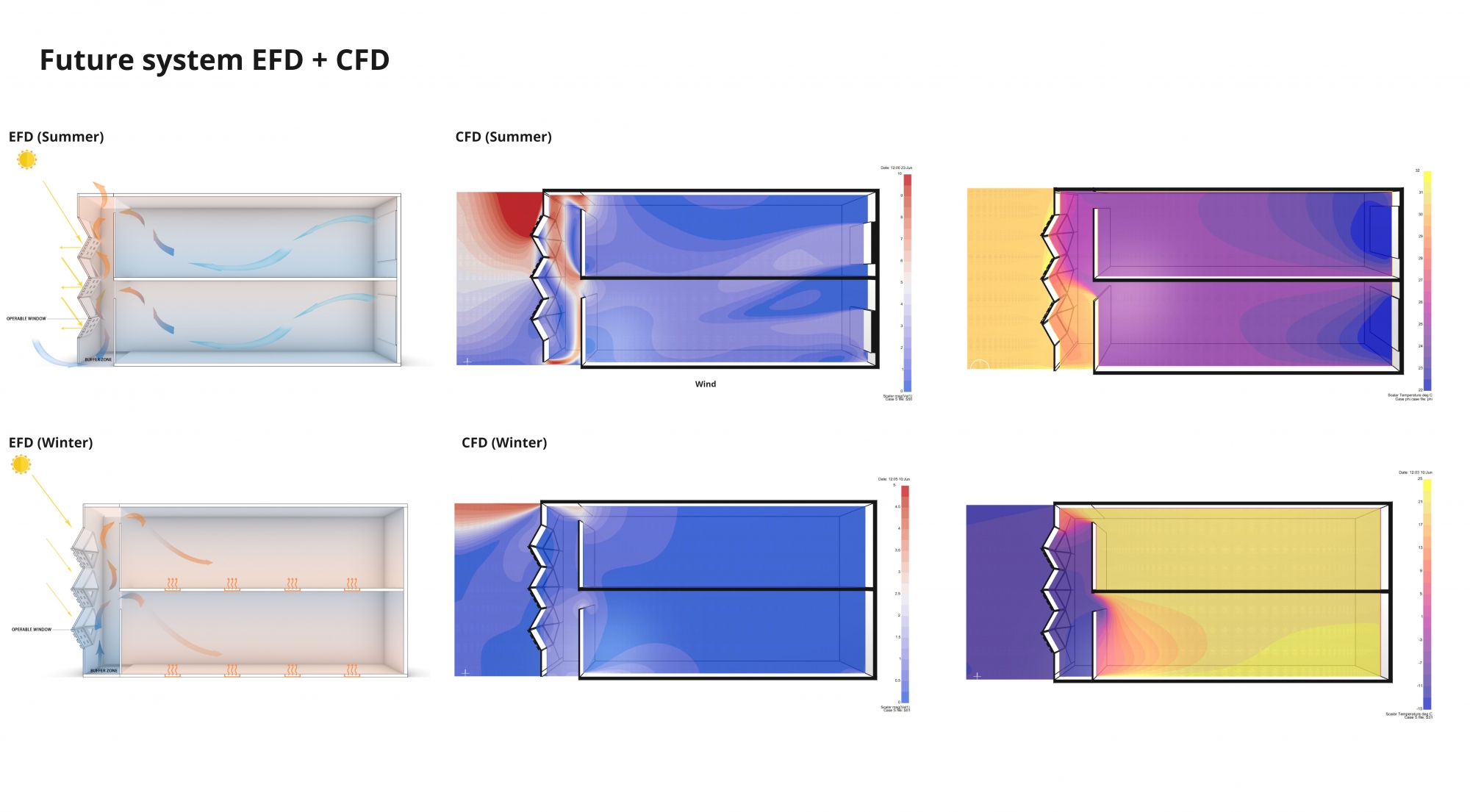
Breathing Double-facade Environmental Building Design

Full article: Are transparent double-skin facades effective for energy retrofit? Answers for an office building - with and without photovoltaic integration

The role of double-skin facade configurations in optimizing building energy performance in Erbil city
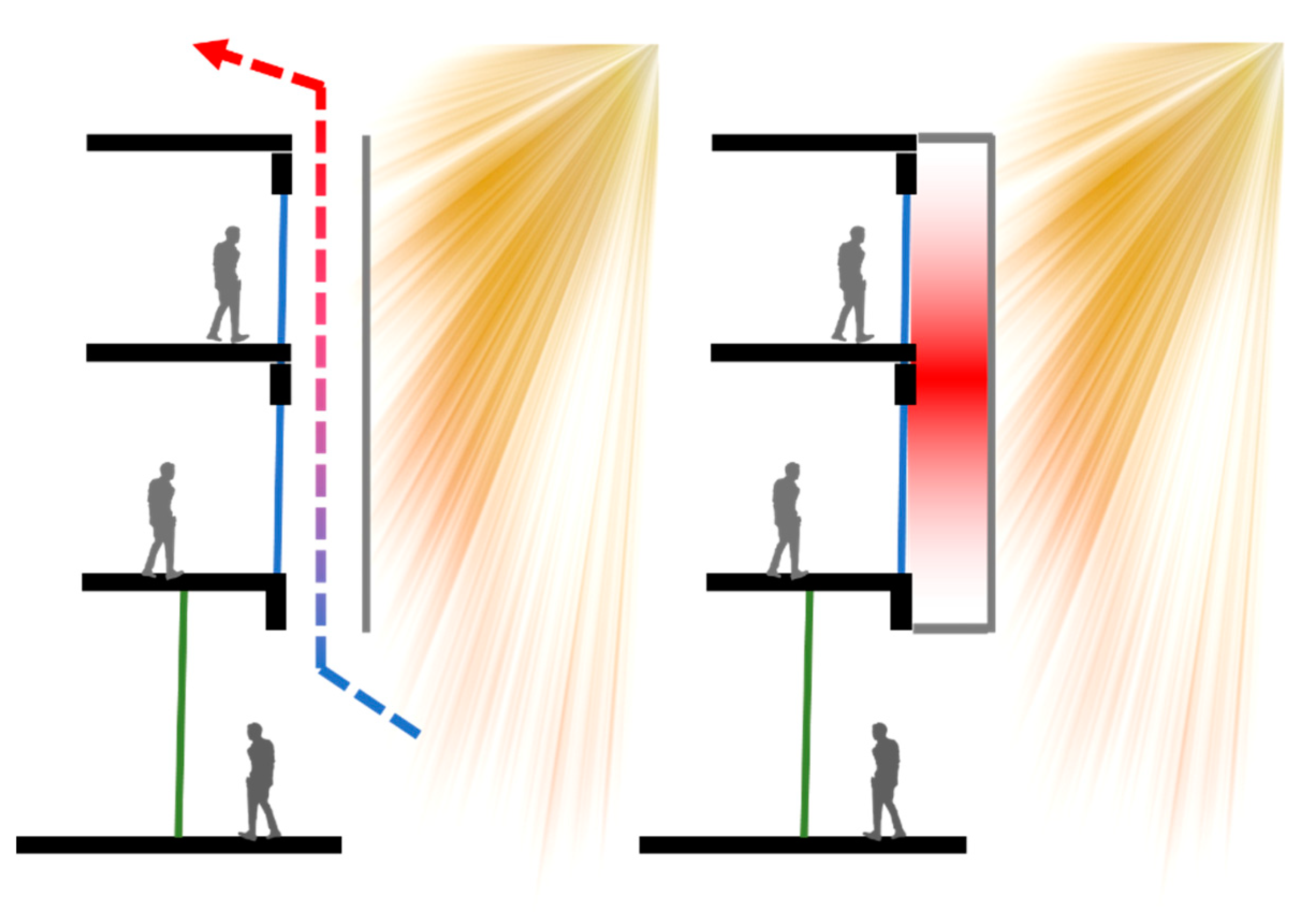
Sustainability, Free Full-Text

Global technological advancement and challenges of glazed window, facade system and vertical greenery-based energy savings in buildings: A comprehensive review - ScienceDirect

The evolution of building energy retrofit via double-skin and responsive façades: A review - ScienceDirect
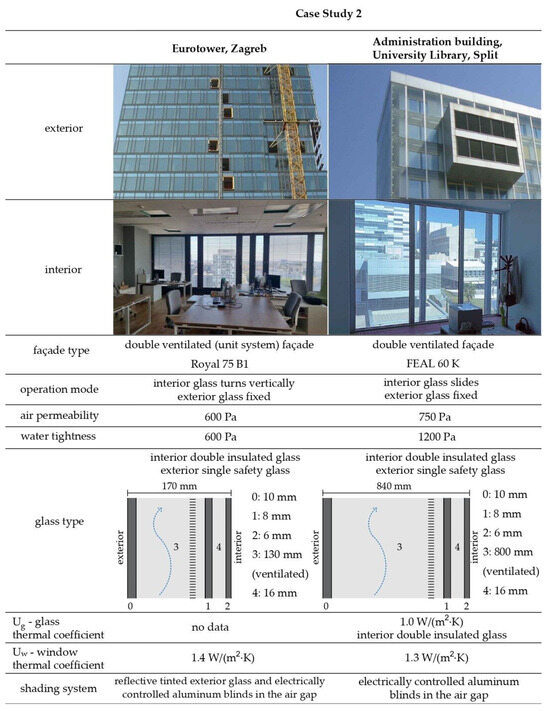
Buildings, Free Full-Text



